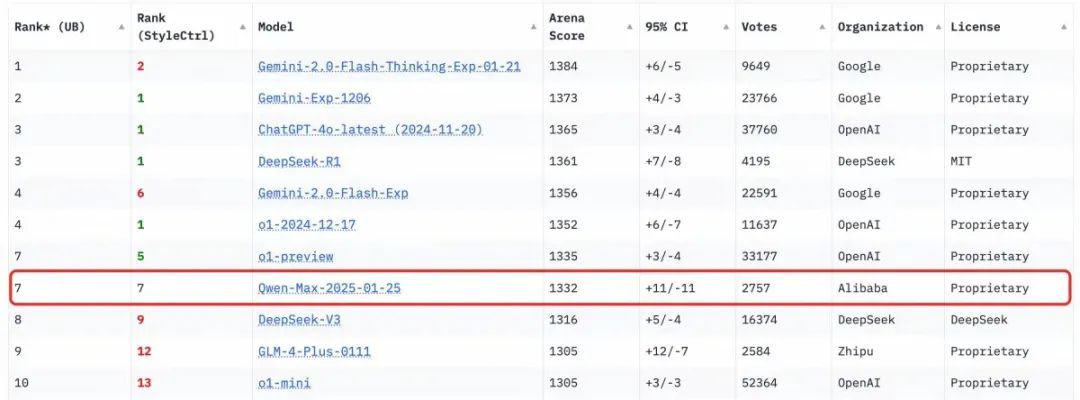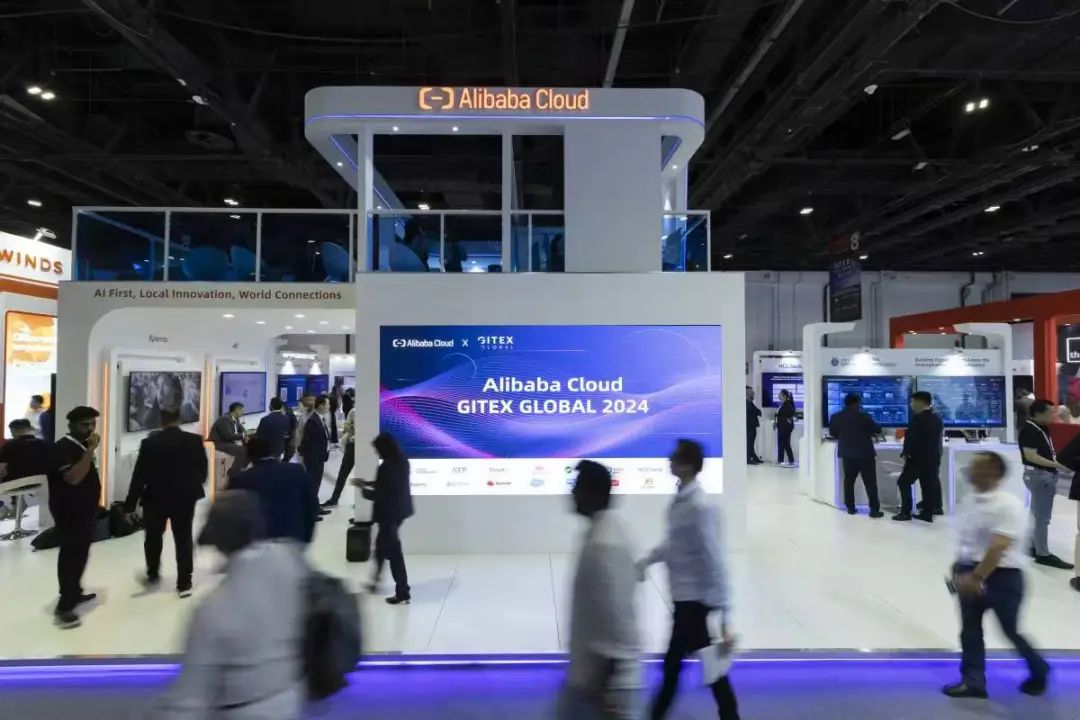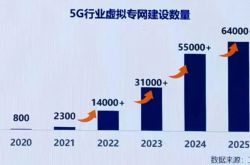Is Alibaba's Inflection Point Approaching?
![]() 02/17 2025
02/17 2025
![]() 842
842

2025 is poised to be a year of rapid transformation. DeepSeek's breakthrough not only redefines the AGI process but also reshapes the power dynamics, business models, organizational inertia, and valuation narratives of China's internet giants.
Baidu, traditionally a staunch advocate of closed-source software, has begun reconsidering open-sourcing its next-generation ERNIE model, despite the need to redesign its AI commercialization strategy. A key Baidu technologist described this decision as "complex and intense." However, Baidu has no other choice; failure to adapt in time could exacerbate the challenges facing its core search business.
Three months ago, when discussing the impact of large models on the search market, Kai-Fu Lee emphasized to NoiseNoNoise the high stakes involved: "Today, the biggest challenge for all major companies is search. It's a high-revenue industry, and a clear large model will redefine the future of the industry. It's incredibly difficult for an industry leader to give up its advertising revenue. This poses a significant challenge for search companies."
Tencent, often seen as a trailblazer in new growth areas, previously had a low profile in the large model arena, appearing somewhat sluggish. Now, it is accelerating its pace – not only by integrating DeepSeek-R1 into its AI assistant Yuanbao but also by stepping up its response at the enterprise-level SaaS level, which may be disrupted by intelligent agents.
After more than three years of confusion and turbulence, Alibaba is finally seeing a response to its strategic transformation from two years ago. Whether Alibaba's business has bottomed out and rebounded will be confirmed by next week's financial report data; however, with a share price increase of over 40% this year, the market is beginning to embrace Alibaba Cloud's new narrative, alongside the convergence of intra-industry competition in e-commerce. Alibaba's "momentum" appears to have returned.
Many things are coming to life.
01
AI is Making Alibaba More Tangible
On September 12, 2023, three days after Wu Yongming officially took over as CEO of Alibaba Group, he announced in a letter to all employees two strategic focuses for Alibaba: user-centricity and AI-driven growth.
Frankly, when I first saw "AI-driven," my initial reaction was that it seemed a bit vague and distant from solving immediate problems. At that time, Alibaba's main e-commerce business and its second growth curve, Alibaba Cloud, both faced severe challenges –
In the first quarter of 2023, amid a weak macroeconomic recovery, Taobao and Tmall's revenue fell by 3% year-on-year, and customer management fees decreased by 5%. In the second quarter, revenue growth rebounded to 12%, but by then, price wars had erupted in the e-commerce industry, intensifying competition in the existing market. There is some skepticism from the outside about whether Alibaba can break through the growth bottleneck of its core business.
As for the cloud computing business, while AI is emerging as a new driver of global business development, this trend has yet to be reflected in revenue data. In fact, 2023 can be described as a challenging period for Alibaba Cloud. Revenue growth slowed to low single digits, and Alibaba Cloud's market share in the IaaS market was further eroded by the three major operators and Huawei Cloud, falling from over 40% in 2020 to 29.9% in H1 2023.
Of course, this trend is also influenced by the proactive downsizing of internet cloud vendors, with a collective shift from pursuing scale to focusing on profitability.
Times are tough, and even the sturdiest steed may falter. Compared to the high growth and profits of American cloud computing peers such as Amazon AWS, Microsoft Azure, and Google Cloud, Alibaba Cloud has shown signs of premature aging in the past two years. Today, most of Amazon's revenue comes from e-commerce, and most of its profits from AWS, but Alibaba Cloud's contribution to the group seems to be in the distant future.
However, the situation underwent significant changes in the second half of 2024, and the impact of AI on Alibaba's business became increasingly clear. Firstly, it is embedded in the e-commerce sector to enhance internal efficiency. On the eve of Double 11 in 2024, Wu Jia, then President of Taobao and Tmall's User Platform Business Unit, revealed in an interview that the proportion of AI can be gauged by the surge in servers and graphics cards consumed by Taobao and Tmall. AI has been widely implemented in efficiency tools, particularly in search, recommendation, and advertising. "In fact, our information flow business has grown significantly this year, with AI playing a crucial role behind the scenes."
It is evident that although Taobao's overall traffic is tending towards a peak, by improving the utilization efficiency of unit traffic through AI, e-commerce GMV can still squeeze out some growth space. This may also explain why Alimama dared to make a bet with merchants on ROI after launching the "Full-Site Promotion" product in August last year, promising compensation if the target was not met.
However, the commercial value of AI is difficult to directly reflect in the monetization of e-commerce in the short term. After all, Taobao is still in the stage of "pleasing" users and merchants, and its current main goal is to enhance user experience and reduce costs and increase efficiency for merchants.
In contrast, AI's assistance to Alibaba Cloud is more pronounced. In the first three quarters of 2024, Alibaba Cloud's quarterly revenue growth rate remained at 6%-7%, significantly better than the previous year. Among them, the increased adoption of AI-related products drove double-digit growth in the public cloud business. Customers' AI budgets are increasing significantly, and Alibaba Cloud has benefited from this wave of growth thanks to its open-source strategy and the technical capabilities of Tongyi Large Model.

As of January this year, Alibaba Tongyi's newly launched Qwen2.5-Max ranked seventh globally on the AI model evaluation platform Chatbot Arena, lower than DeepSeek-R1 but higher than V3. The other top-ranked models are all owned by American companies. The DeepSeek-like reasoning model replicated by AI scientist Fei-Fei Li's team with a training cost of $50 is also based on Tongyi Qianwen for supervised fine-tuning.
What truly makes Alibaba's AI narrative three-dimensional and aligns Alibaba Cloud's valuation space with that of high-tech companies are two external factors within the past month. The first is the innovative ripple effect of DeepSeek-R1, of which cloud infrastructure service providers, including Alibaba Cloud, are the most direct beneficiaries.
Previously, insiders revealed that after Baidu Intelligent Cloud integrated DeepSeek-R1, customer invocation volume surged, with 15,000 customers trying it out on the first day; ByteDance's Volcano Engine's DeepSeek service was also overwhelmed. With its customer base and open-source ecosystem, Alibaba Cloud is expected to capture a larger share of the booming AI demand in the future.

The second is the endorsement of the super IP Apple. Apple chose to collaborate with Alibaba to jointly develop AI functionality for Chinese iPhone users. The endorsement value of Alibaba surpassing other rumored candidates such as Baidu and ByteDance far exceeds the symbolic significance of Tencent forcibly snatching Starbucks from Alibaba's hands during the mobile payment war years ago.
After all, Apple not only has a strong brand effect but also effectively controls the end-side entry for the implementation of AI applications.
Judging from the reaction of the capital market, the more tangible AI becomes, the more positive the outside world's assessment of Alibaba's valuation.
02
New Turning Point in Cloud Computing: Using Technological Progress to Solve Growth Bottlenecks
Perhaps the ones that should be most grateful to DeepSeek are domestic internet cloud vendors represented by Alibaba Cloud.
Cloud computing is a business that combines technology and scale effects. The wave of internet enterprises moving to the cloud from 2014 to 2018 sustained the carefree high-speed growth of Alibaba Cloud and its peers; since 2019, with the exhaustion of demand from internet enterprises, cloud vendors have turned their attention to the government and enterprise market, ushering in challenging times. While revenue growth slowed, price wars, customization, and project-based operations not only dragged down corporate profitability but also overdrew the growth space of Alibaba Cloud and Tencent Cloud.
This contrast is akin to a sports car accustomed to running on highways suddenly driving on winding mountain roads.
Moreover, in the past two to three years, operator clouds have risen strongly in the government and enterprise market, as well as in the central and state-owned enterprise market, continuously eroding the market share of Alibaba Cloud and Tencent Cloud, and a trough period has quietly arrived. As a result, Chinese and American cloud vendors have taken different paths, with the latter continuing to benefit from the scale effect and high profit margins of public clouds.

Since 2023, Alibaba Cloud and Tencent Cloud have unanimously shifted from revenue generation to profitability or loss reduction, inhibiting the scale effect of cloud computing to a certain extent. Tencent is fine; with WeChat, this old tree has sprouted new buds in the form of video numbers, and the story of growth can still be told calmly; at this time, Alibaba is struggling, with its core e-commerce business facing unprecedented external competition and Alibaba Cloud stuck in a bottleneck, making its synergistic effect on the group relatively limited.
While large AI models depict the growth landscape of technology enterprises, it takes time for new technologies to explore and implement applications that create value for various industries. During this period, Alibaba attempted to stabilize the confidence of the capital market through continuous share repurchases. However, judging from last year's share price trend, the effect can hardly be described as ideal.
Wu Yongming said in the aforementioned letter to all employees, "Alibaba must reform itself to find the key to unlocking the future." Now, it seems that the "key" to unlocking the future does not necessarily need to be forged internally.
DeepSeek's breakthrough in reasoning models has initiated a wave of AI popularization and application globally. Behind the overcrowding of one platform server after another is robust AI demand and the re-evaluated growth space for domestic cloud computing giants and small and medium-sized cloud vendors.
Currently, the arms race in capital expenditures related to infrastructure is ongoing. The total capital expenditures of the four major US technology giants this year may exceed $320 billion, and domestic technology giants, including Alibaba, are expected to continue pressing the accelerator.
This means that Alibaba Cloud may return to the scale narrative from the profitability target, and the monetization of AI capabilities may be difficult to reflect in the short term. Gartner also predicted last year that in the short term, AI-driven revenue growth will be small relative to the size of the entire public cloud market. Despite this, driven by the AI concept, Alibaba's share price has risen by nearly 50% this year.
From the results, AI provides a new narrative for Alibaba's valuation, a magnificent field with more growth potential than e-commerce.
On the other hand, strategic changes in large enterprises often require a long time to review and test. Of course, the premise is that the strategic execution is firm enough and will not sway back and forth. Taking Alibaba as an example, the "AI-driven" strategy clarified in September 2023 did not see its first real echo until January 2025, making the outside world start to believe in and pay attention to it.
The impact of DeepSeek is still continuing to ferment. Looking at the domestic technology industry, the cloud computing industry, born from technological innovation, is expected to be led by a new technological innovation to revise its business model, break out of its bottleneck, and move towards a broader world, which is undoubtedly one of the most exciting prospects for technology enthusiasts.





